20 Great Things to do in Venice 6/20 - Art
/Tour the Venetian masters of art
Venice is a unique and precious repository of art. From the late Middle Ages until the mid 18th century, artists of the highest caliber left thier mark all over the city and works by Venice's grand masters Titian (c1488-1576), Tintoretto (c1518-94), Canaletto (1697-1768) and Tiepolo (1727-1804) can still be viewed in situ today. See Titian’s glorious 'Assumption' above the high altar at I Frari, Tintoretto's epic masterpiece 'Crucifixion' at Scuola Grande di San Rocco, and Tiepolo's monumental frescos at the Pietà and Ca’ Rezzonico.
For a one-stop-shop of Venice’s foremost artistic treasures, head for the Gallerie dell’Accademia.
Venice is a treasure trove of artistic brilliance, a city where history and creativity converge in spectacular fashion. From the late Middle Ages to the mid-18th century, some of the most renowned artists left their indelible marks across the city. Today, visitors can still marvel at the works of Venice's grand masters, including Titian, Tintoretto, Canaletto, and Tiepolo, in their original settings.
Titian (c. 1488-1576)
Titian, a pioneering figure of the Venetian Renaissance, revolutionized the use of color and composition in painting. One of his most celebrated works, the 'Assumption of the Virgin,' majestically adorns the high altar at the Basilica di Santa Maria Gloriosa dei Frari (I Frari). This masterpiece is a testament to Titian's innovative approach and emotional depth, drawing countless art enthusiasts to its vibrant depiction of the Virgin Mary’s ascension.
Tintoretto (c. 1518-1594)
Known for his dramatic and dynamic style, Tintoretto’s influence on Venetian art is profound. His epic 'Crucifixion' at the Scuola Grande di San Rocco is a must-see. This monumental work captures the intensity and anguish of the biblical scene with striking realism and powerful composition. The Scuola itself houses numerous other works by Tintoretto, offering a comprehensive view of his artistic journey.
Canaletto (1697-1768)
Canaletto, famed for his detailed and atmospheric cityscapes, provides a window into 18th-century Venice. His meticulous renderings of the city's canals, piazzas, and architecture capture the essence of Venice in its golden age. While his works are spread across various museums worldwide, Venice still holds some of his masterpieces that illustrate his genius in portraying light and perspective.
Tiepolo (1727-1804)
Giovanni Battista Tiepolo’s grand and airy frescoes are a feast for the eyes. His monumental frescoes at the Chiesa della Pietà and Ca’ Rezzonico are prime examples of his masterful use of space and color. Tiepolo’s works, characterized by their lightness and fluidity, bring a sense of grandeur and elegance that continues to captivate visitors.
A One-Stop-Shop for Art Lovers: Gallerie dell’Accademia
For those wanting a comprehensive experience of Venetian art, the Gallerie dell’Accademia is a must-visit. This esteemed gallery houses a vast collection of Venetian masterpieces, spanning centuries of artistic evolution. Here, you can immerse yourself in the works of Bellini, Carpaccio, Giorgione, Veronese, and many more, all under one roof.
Exploring Venice through the lens of its grand masters offers an unparalleled journey through art history. Each masterpiece not only showcases the artist's genius but also tells a story of the city's rich cultural heritage. Whether you’re an art aficionado or a casual admirer, Venice’s artistic legacy is bound to leave a lasting impression.





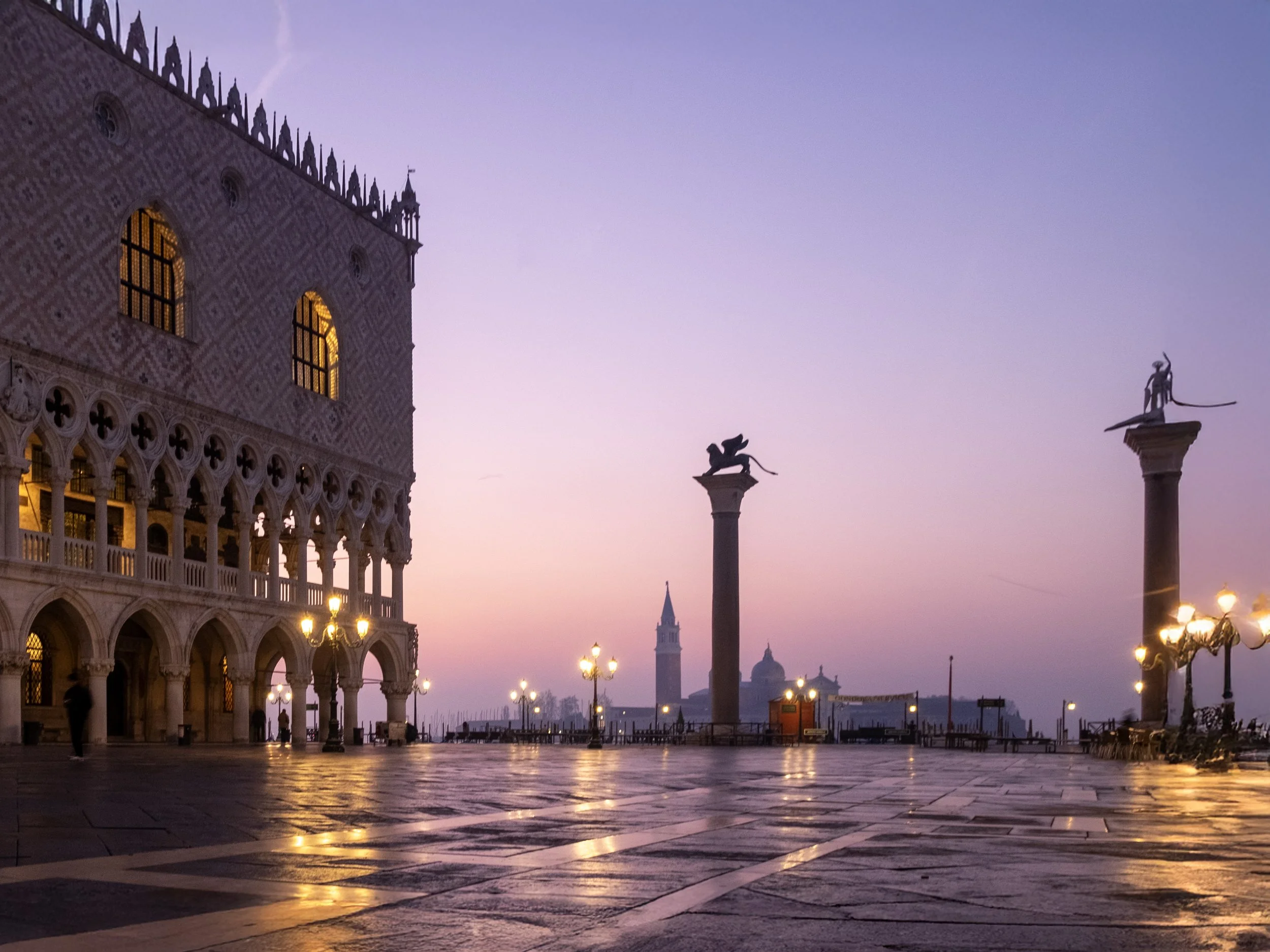

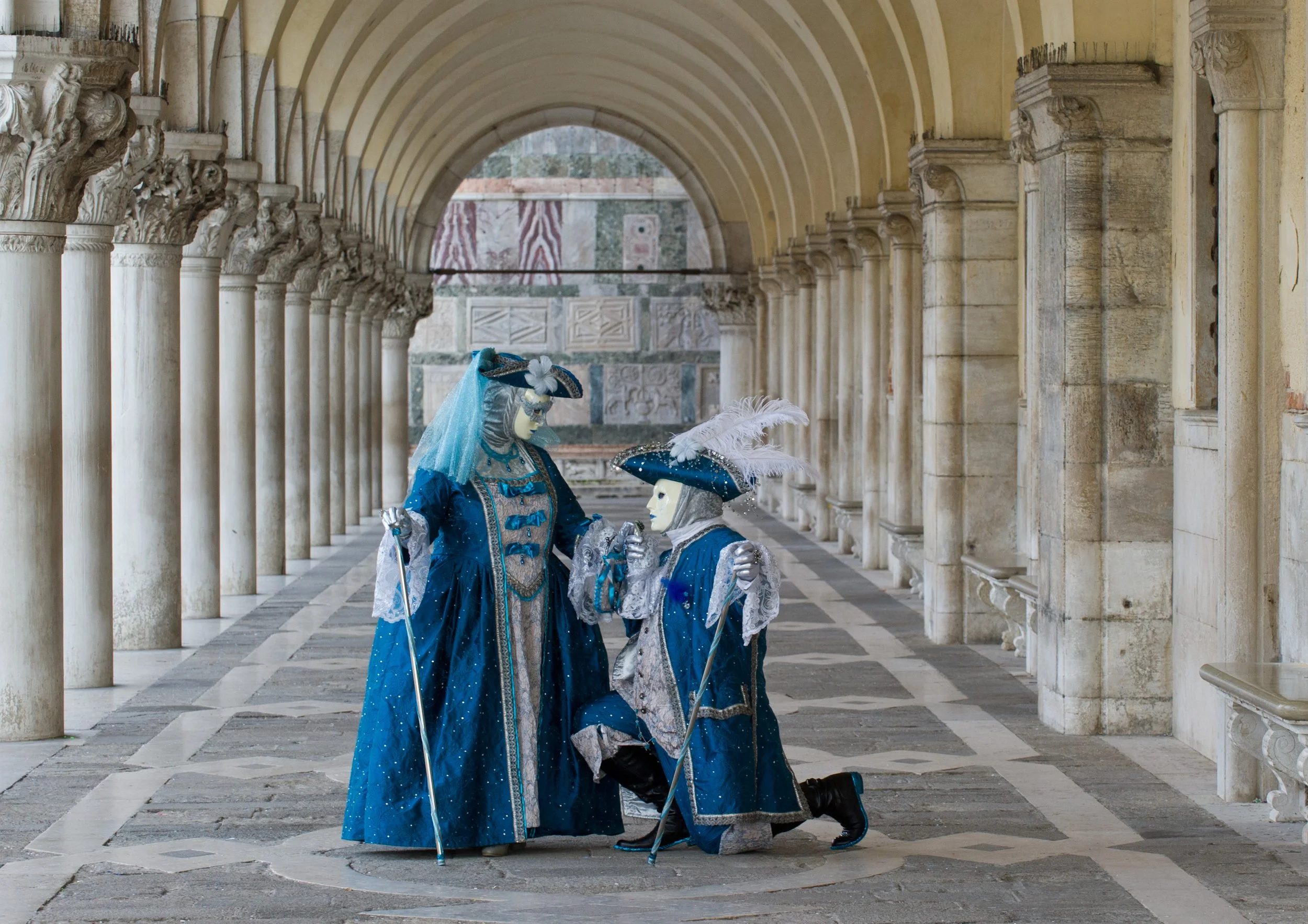
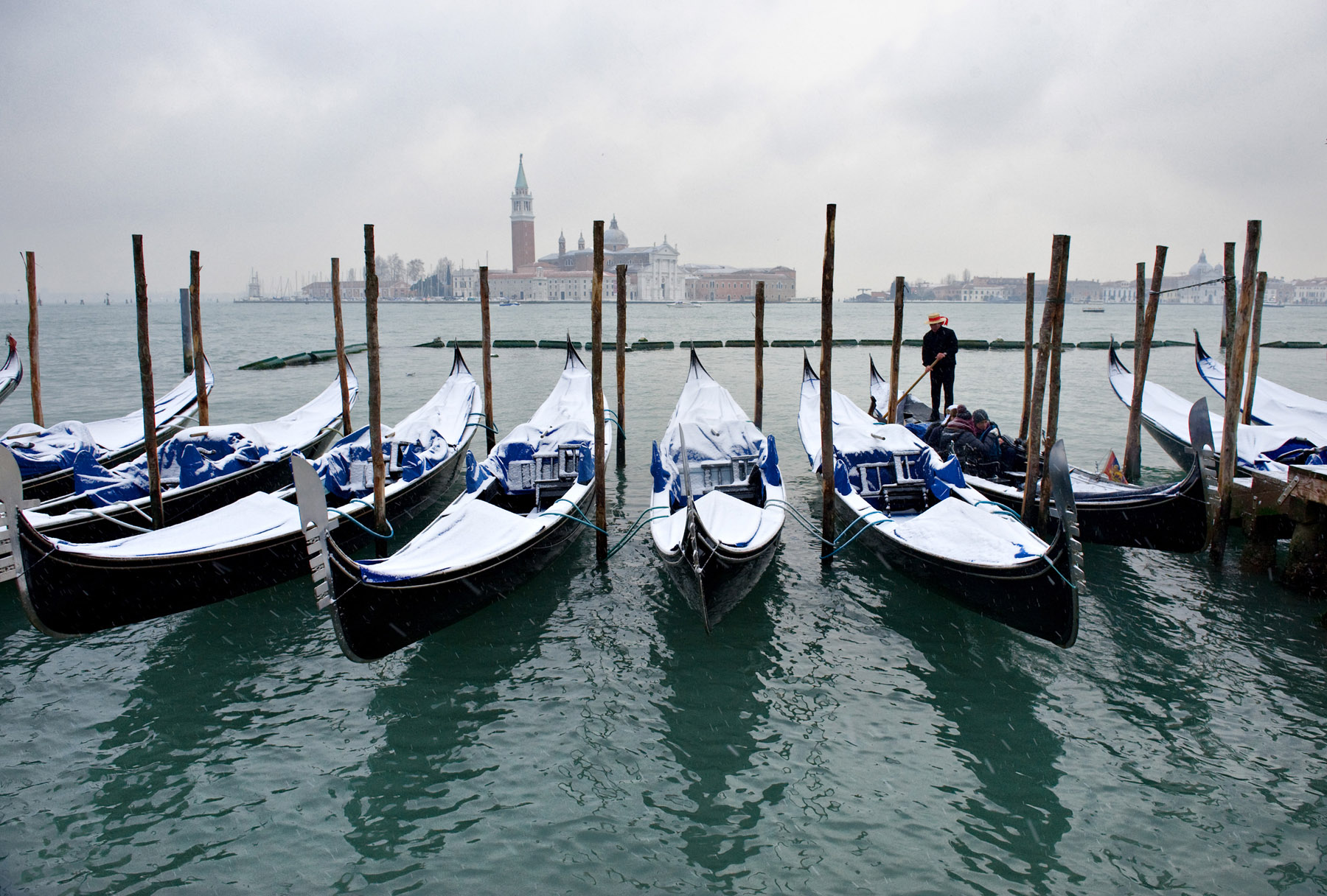















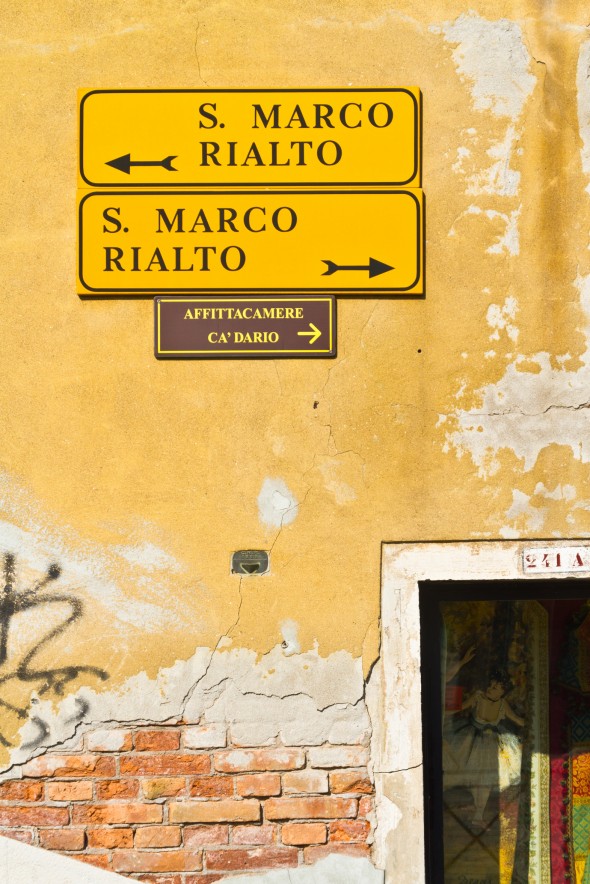





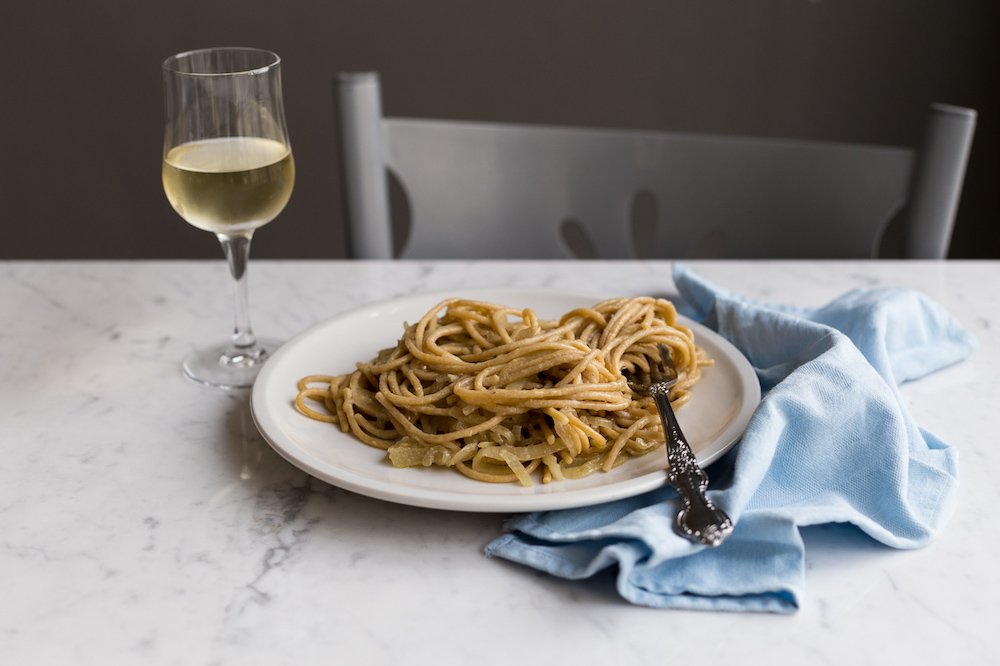



 Here are a few of the shops which specialize in "vino sfuso", most of which I think are still active:
Here are a few of the shops which specialize in "vino sfuso", most of which I think are still active:











